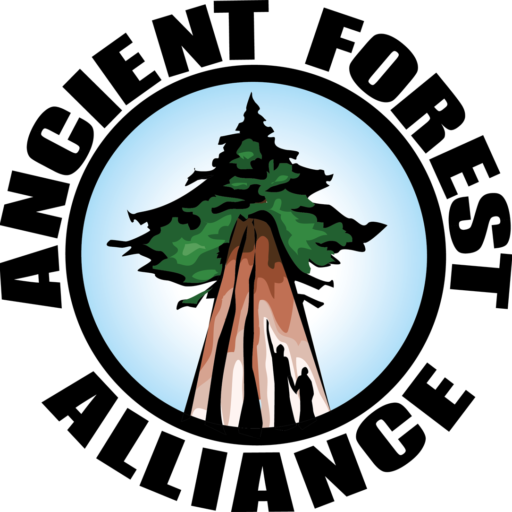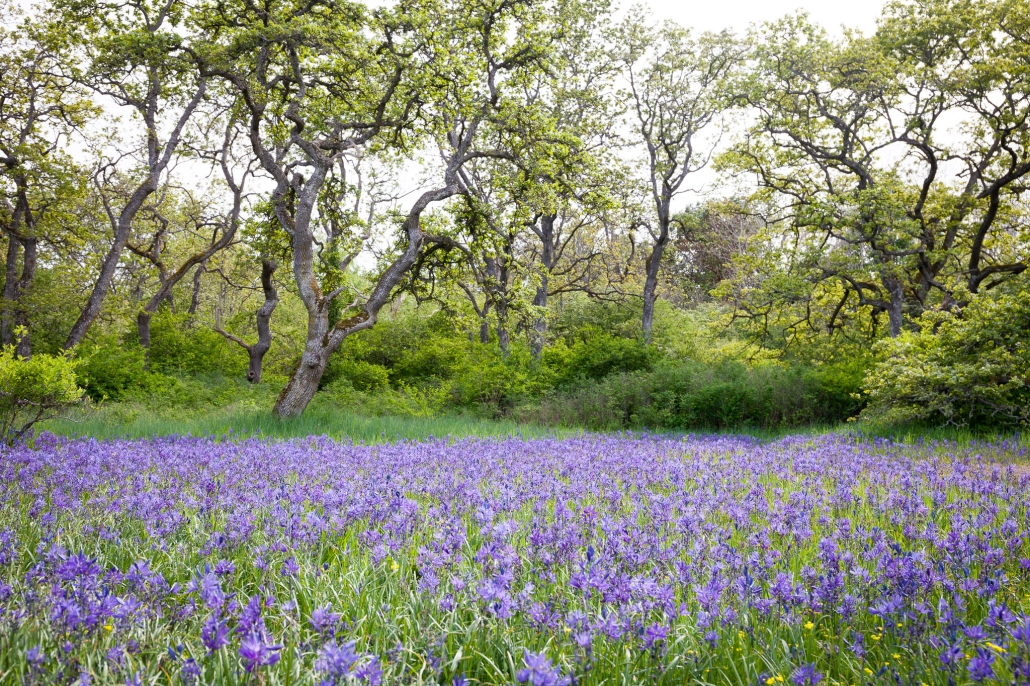
Camas Lily
The camas lily, known for its glorious blue-purple flowers that can blanket whole meadows, is native to the Garry oak ecosystems of southeastern Vancouver Island.
https://staging.ancientforestalliance.org/wp-content/uploads/2024/05/camas-meadow-uplands-park-bc.jpg
1365
2048
TJ Watt
https://staging.ancientforestalliance.org/wp-content/uploads/2014/10/cropped-AFA-Logo-1000px.png
TJ Watt2024-05-10 16:08:022024-05-10 16:09:46Camas Lily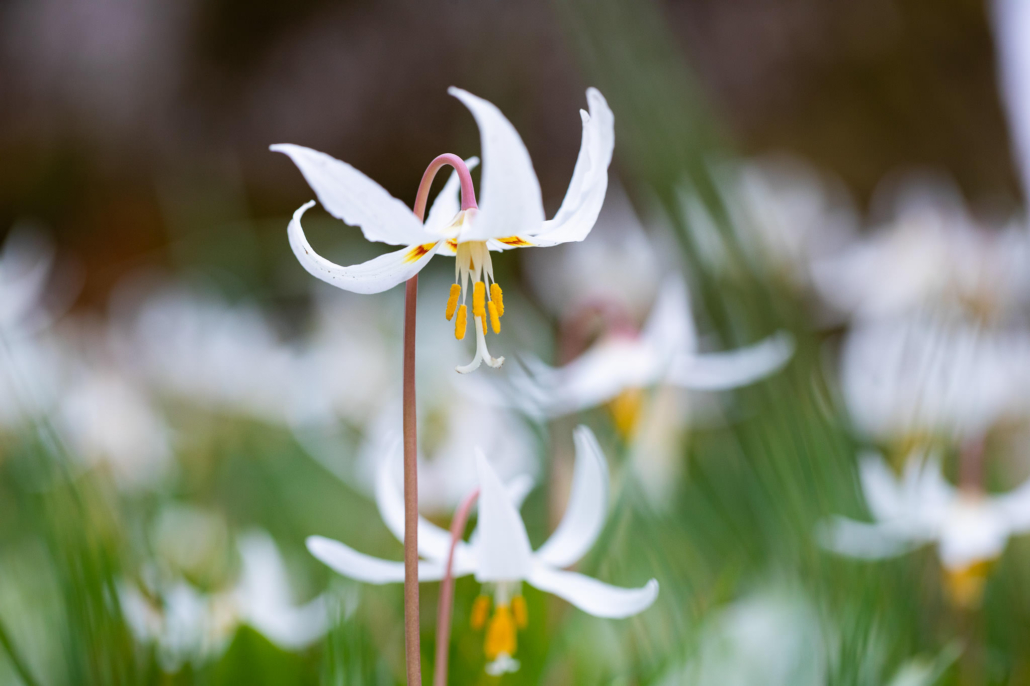
Fawn Lily
A graceful straight stem, curving elegantly at the top like a tiny streetlamp with beams of golden light spilling down — the fawn lily is such a picturesque beauty, that once seen, it will never be forgotten.
https://staging.ancientforestalliance.org/wp-content/uploads/2024/04/white-fawn-lily-metchosin-bc-3.jpg
1365
2048
TJ Watt
https://staging.ancientforestalliance.org/wp-content/uploads/2014/10/cropped-AFA-Logo-1000px.png
TJ Watt2024-04-12 11:18:282024-04-12 11:18:28Fawn Lily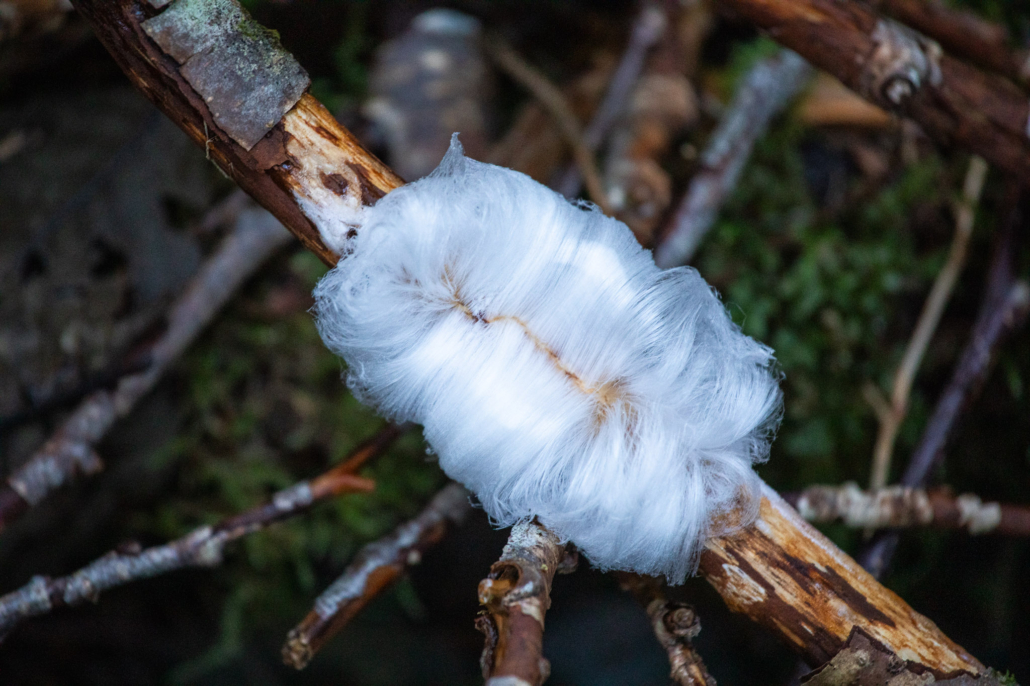
Hair Ice
Hidden among the rainforests of BC you can find wonders of ephemeral beauty and minute delicacy, and few of these are stranger or lovelier than the phenomenon of hair ice.
https://staging.ancientforestalliance.org/wp-content/uploads/2024/02/Hair-Ice-fungus-exidiopsis-effusa-alder-3.jpg
1365
2048
TJ Watt
https://staging.ancientforestalliance.org/wp-content/uploads/2014/10/cropped-AFA-Logo-1000px.png
TJ Watt2024-02-27 12:52:332024-02-27 12:52:33Hair Ice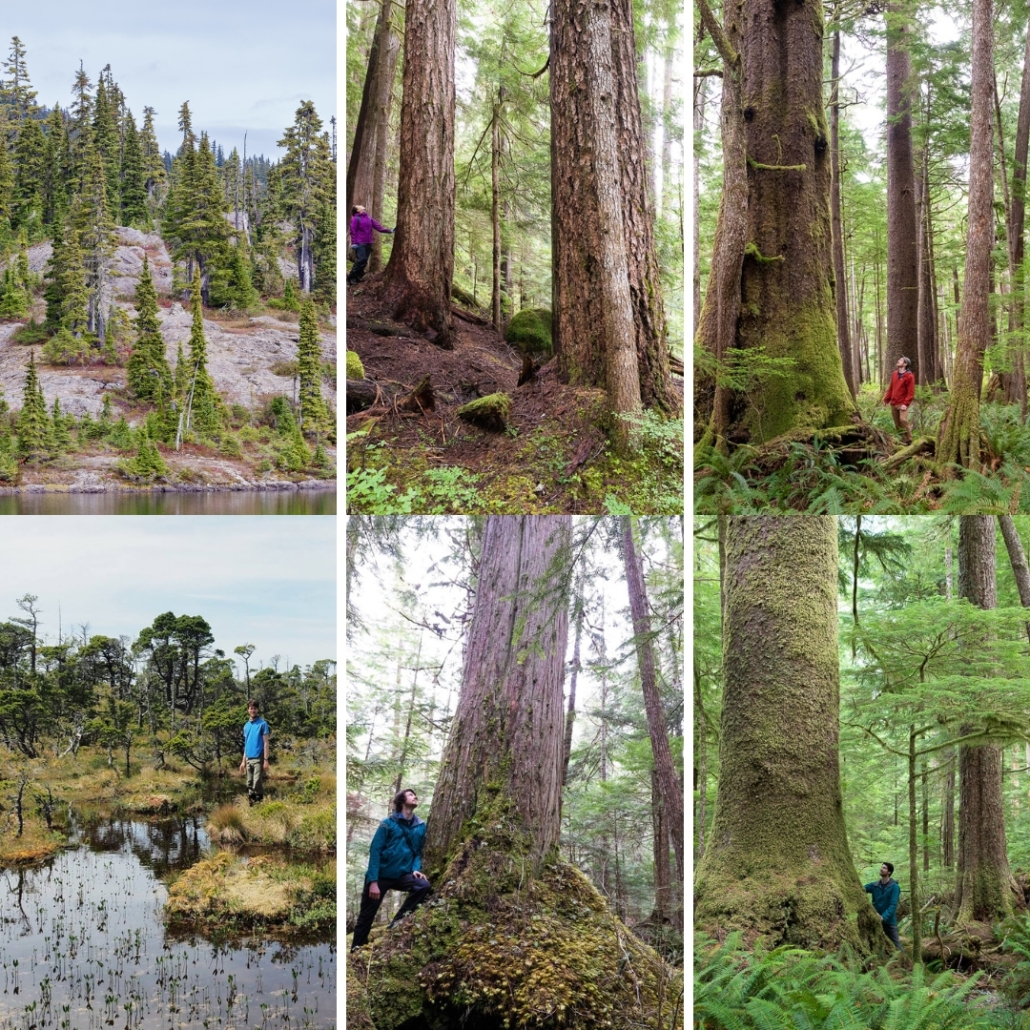
What are “Forest Productivity Distinctions”?
“Forest Productivity Distinctions” is a phrase you’ve heard us use a lot, but what does it mean and why are they important? Read on to learn more!
https://staging.ancientforestalliance.org/wp-content/uploads/2024/02/AFA-Title-Page-1.jpg
1080
1080
TJ Watt
https://staging.ancientforestalliance.org/wp-content/uploads/2014/10/cropped-AFA-Logo-1000px.png
TJ Watt2024-02-09 09:37:502024-02-09 09:43:02What are “Forest Productivity Distinctions”?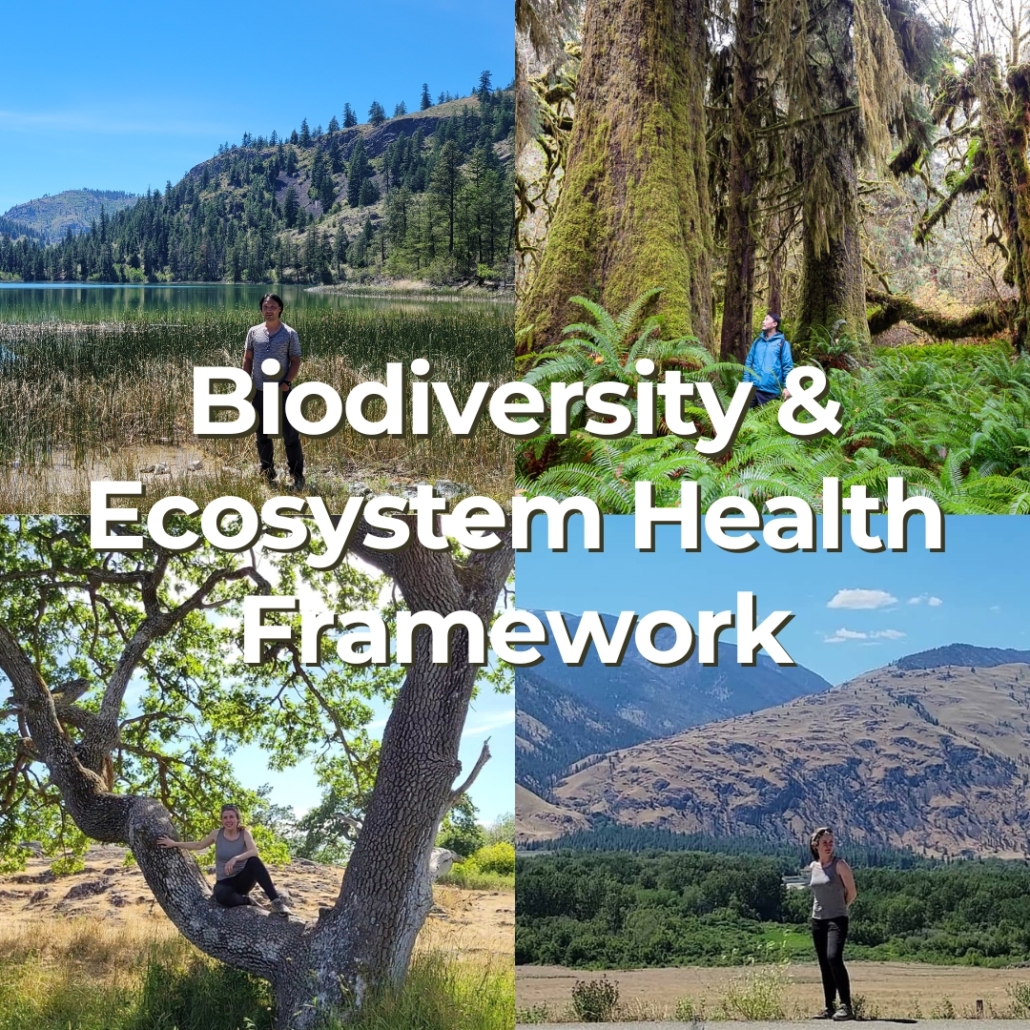
All About the Biodiversity & Ecosystem Health Framework
Not sure what the proposed Biodiversity & Ecosystem Health Framework entails and why it's important? Pull up a chair as we break it down for you!
https://staging.ancientforestalliance.org/wp-content/uploads/2024/02/VERSION-1.jpg
1080
1080
TJ Watt
https://staging.ancientforestalliance.org/wp-content/uploads/2014/10/cropped-AFA-Logo-1000px.png
TJ Watt2024-02-08 17:24:092024-02-08 17:24:09All About the Biodiversity & Ecosystem Health Framework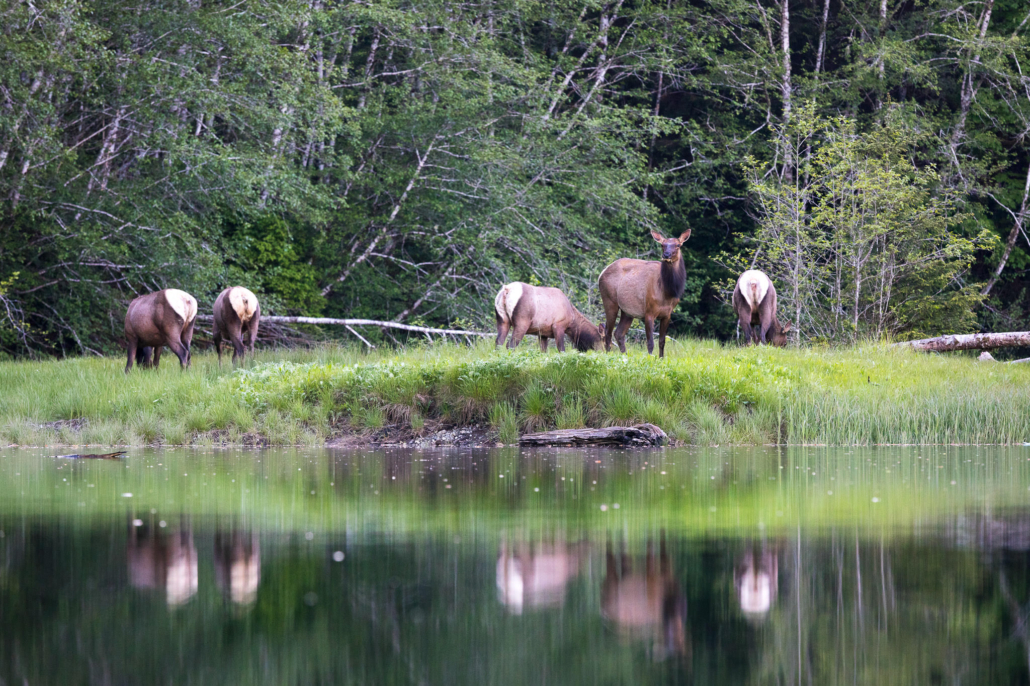
Roosevelt Elk
The Roosevelt elk is Vancouver Island’s largest and most charismatic land mammal and is specially adapted to the temperate rainforests of the Pacific Northwest.
https://staging.ancientforestalliance.org/wp-content/uploads/2023/11/6-Roosevelt-Elk-Port-Renfrew.jpg
1365
2048
TJ Watt
https://staging.ancientforestalliance.org/wp-content/uploads/2014/10/cropped-AFA-Logo-1000px.png
TJ Watt2023-11-17 10:21:362023-11-17 10:21:36Roosevelt Elk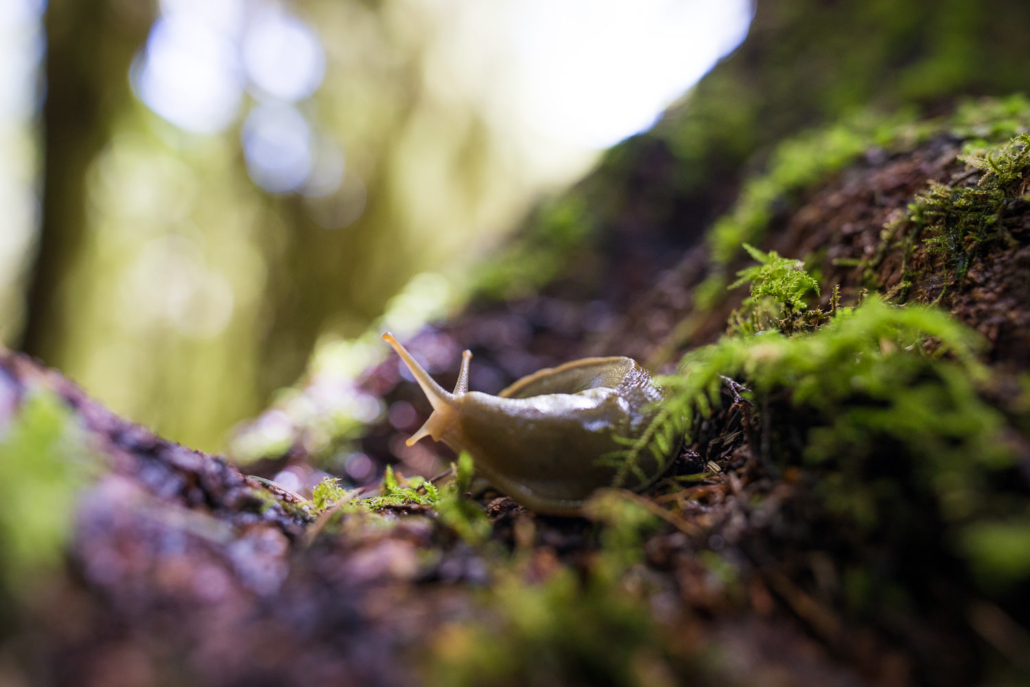
Banana Slugs
Banana slugs are charismatic, often bright yellow creatures that are signature members of the rainforest community.
https://staging.ancientforestalliance.org/wp-content/uploads/2023/07/Banana-Slug-0-1.jpg
1000
1500
TJ Watt
https://staging.ancientforestalliance.org/wp-content/uploads/2014/10/cropped-AFA-Logo-1000px.png
TJ Watt2023-07-21 14:51:542023-07-21 14:51:54Banana Slugs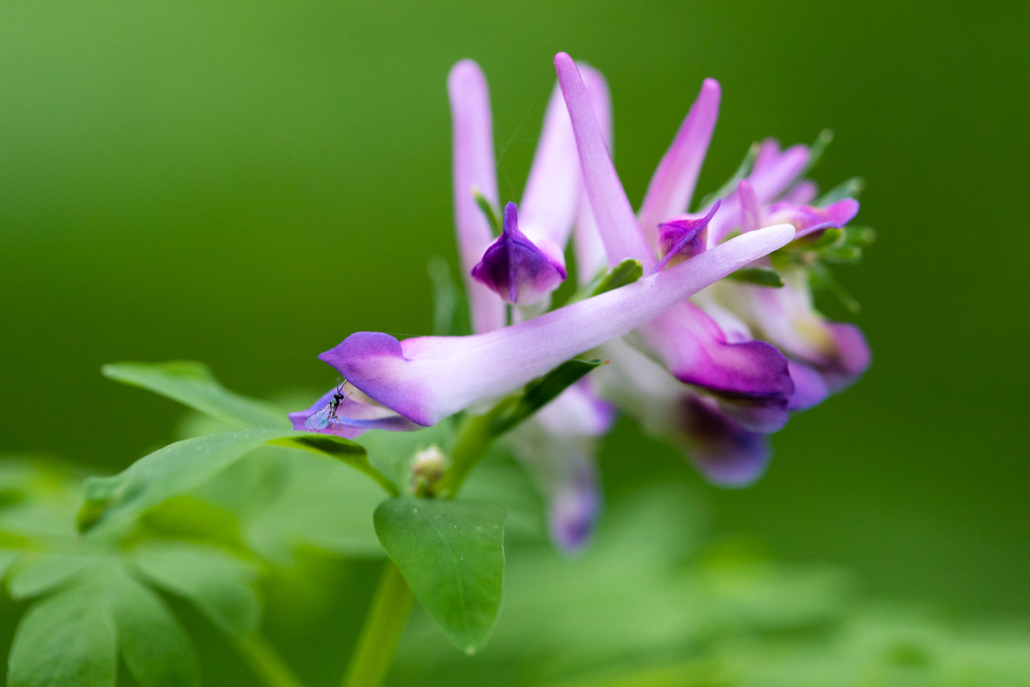
Scouler’s Corydalis
Beautiful and extremely rare in Canada, the Scouler’s corydalis is found only on southwest Vancouver Island around the Nitinat, Carmanah, and Klanawa valleys in Ditidaht and Huu-ay-aht territories.
https://staging.ancientforestalliance.org/wp-content/uploads/2023/07/Scoulers-Corydalis-Vancouver-Island-1.jpg
1000
1500
TJ Watt
https://staging.ancientforestalliance.org/wp-content/uploads/2014/10/cropped-AFA-Logo-1000px.png
TJ Watt2023-07-07 13:00:572024-06-17 15:58:11Scouler’s Corydalis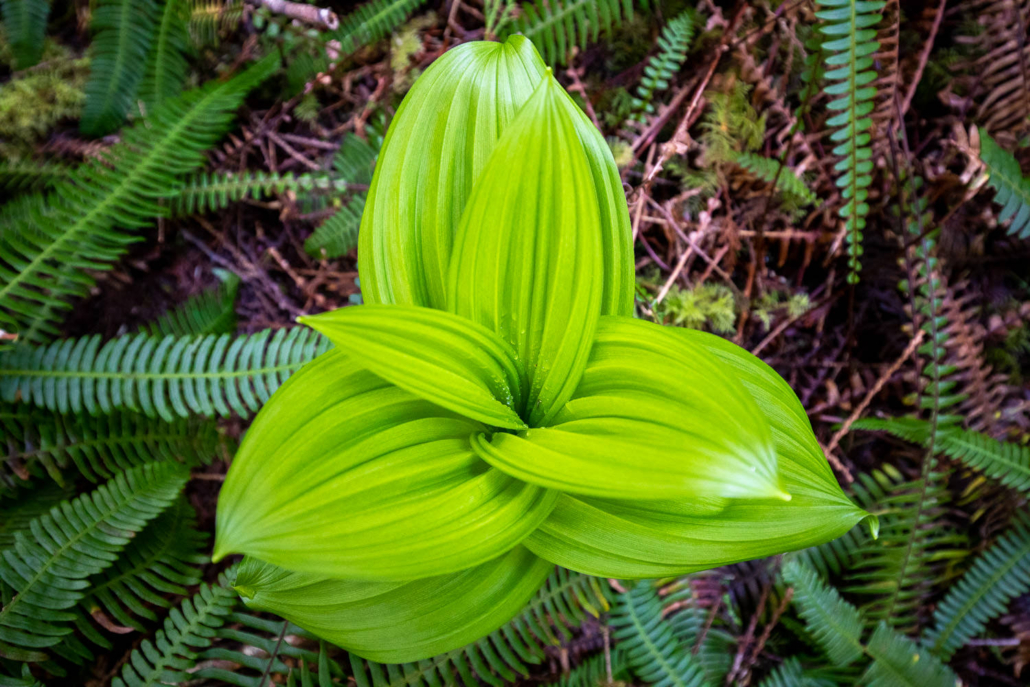
False Hellebore
One of the most poisonous, yet beautiful plants of the coastal rainforest is false hellebore (also known as Indian hellebore).
https://staging.ancientforestalliance.org/wp-content/uploads/2023/06/Indian-Hellebore-1.jpg
1000
1500
TJ Watt
https://staging.ancientforestalliance.org/wp-content/uploads/2014/10/cropped-AFA-Logo-1000px.png
TJ Watt2023-06-30 10:11:152023-06-30 10:11:15False Hellebore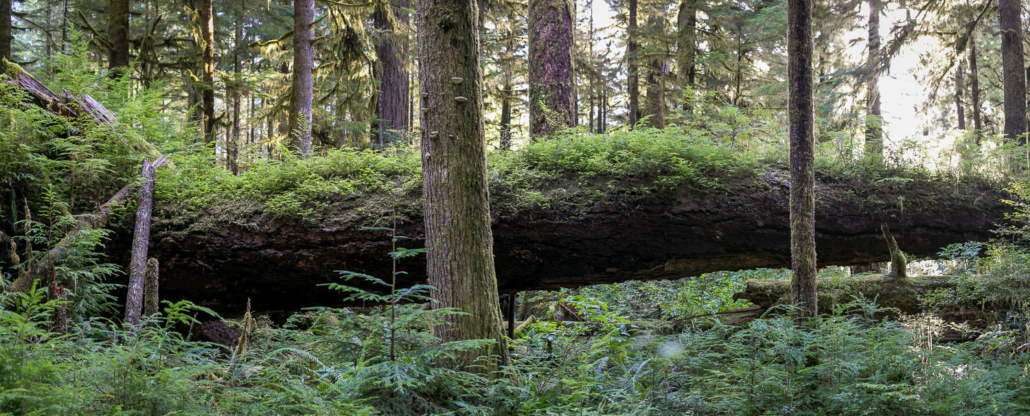
Nurse Logs
Nurse logs are a hallmark of the old-growth forest, where the slow death of ancient trees is the mechanism of forest renewal and rebirth — not only do they support the new growth of trees, they also a range of rainforest creatures.
https://staging.ancientforestalliance.org/wp-content/uploads/2023/05/Mossome-Fir-Grove-Sept-2019-2-Pano.jpg
606
1500
TJ Watt
https://staging.ancientforestalliance.org/wp-content/uploads/2014/10/cropped-AFA-Logo-1000px.png
TJ Watt2023-05-22 07:00:272023-06-09 11:33:01Nurse LogsTake Action
 Donate
Donate
Support the Ancient Forest Alliance with a one-time or monthly donation. Send a Message
Send a Message
Send an instant message to key provincial decision-makers.Get in Touch
AFA’s office is located on the territories of the Lekwungen Peoples, also known as the Songhees and Esquimalt Nations.
Copyright © 2026 Ancient Forest Alliance • All Rights Reserved
Earth-Friendly Web Design by Fairwind Creative
Earth-Friendly Web Design by Fairwind Creative
- Home
- About Us
- Our Work
- Ancient Forests
- Recent News
- Photos & Media
- Map of Gallery Regions
- Themes
- Videos
- Inland Rainforest
- Mainland
- Haida Gwaii
- Sunshine Coast
- Sunshine Coast: Powell River
- Vancouver Island South
- VI South: Caycuse Watershed
- VI South: Mossy Maples
- VI South: Port Renfrew
- VI South: Port Alberni
- VI South: Walbran Valley
- Vancouver Island Central
- VI Central: Clayoquot Sound
- VI Central: Cortes Island
- VI Central: Tahsis
- Vancouver Island North
- Take Action
- Store
- Donate
